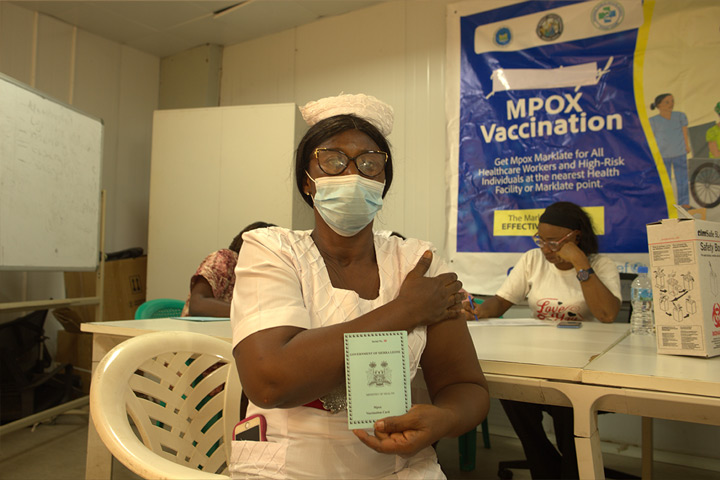People with Long COVID three times more likely to give up work
Study highlights the toll of ongoing COVID-19 symptoms on the workforce.
- 12 July 2024
- 3 min read
- by Linda Geddes

COVID-19 has impacted people’s working lives in many ways, but data on the toll ongoing symptoms take on people’s employment status has been lacking. Now a study of more than 9,000 Britons who were in work before the pandemic suggests that those with Long COVID are at three times higher risk of leaving employment compared to those without ongoing symptoms.
“Extending statutory sick pay beyond 28 weeks [the UK norm] and giving people greater flexibility to manage phased returns to work, would help to reduce the risk of Long COVID sufferers leaving employment.”
- Prof Paul Sissons, Keele University Business School
Worldwide, an estimated 65 million people are thought to either have or have had Long COVID, with those aged 45 to 54 at greatest risk. As COVID-19 continues to circulate, the risk of working-age people developing ongoing symptoms is likely to have a significant and lasting impact on people’s health, employment and earnings, said Dr Darja Reuschke at the University of Birmingham, UK, who led the new study.
“Long COVID is still a fairly new illness for society to deal with, and one that does not seem to be going away any time soon,” she said.
To investigate the potential impact on the working population, Reuschke and colleagues studied two groups of people with Long COVID: those who experienced symptoms lasting for between 5 and 28 weeks, and those who had symptoms for 29 weeks or more. These individuals were compared with others who had COVID-19 symptoms for less than five weeks or no symptoms at all, looking at their likelihood of leaving employment; working zero hours due to sickness; working reduced hours; or experiencing reduced mental well-being at work.
Have you read?
The study, which was published in PLOS One, found that people with symptoms lasting for longer than 28 weeks were at the highest risk of leaving work, while those with symptoms lasting five to 28 weeks, or fewer than five weeks, were more likely to take sickness leave.
However, having Long COVID was not associated with working reduced hours – even among individuals whose symptoms lasted longer than 28 weeks, if they were still working. This could suggest a lack of accommodation for Long COVID by employers, the authors said.
Unsurprisingly, such individuals were at greater risk of poor mental health compared to those who did not have Long COVID, the research found.
“Extending statutory sick pay beyond 28 weeks [the UK norm] and giving people greater flexibility to manage phased returns to work, would help to reduce the risk of Llong COVID sufferers leaving employment,” said senior study author Prof Paul Sissons at Keele University Business School in Staffordshire, UK. “Financial support for employers to maintain employment until recovery from Long COVID would help to preserve employment and tackle the rising level of [workforce] inactivity.”
More from Linda Geddes
Recommended for you









